Elchanan Zwecher
Learning to Explore Indoor Environments using Autonomous Micro Aerial Vehicles
Sep 13, 2023Abstract:In this paper, we address the challenge of exploring unknown indoor aerial environments using autonomous aerial robots with Size Weight and Power (SWaP) constraints. The SWaP constraints induce limits on mission time requiring efficiency in exploration. We present a novel exploration framework that uses Deep Learning (DL) to predict the most likely indoor map given the previous observations, and Deep Reinforcement Learning (DRL) for exploration, designed to run on modern SWaP constraints neural processors. The DL-based map predictor provides a prediction of the occupancy of the unseen environment while the DRL-based planner determines the best navigation goals that can be safely reached to provide the most information. The two modules are tightly coupled and run onboard allowing the vehicle to safely map an unknown environment. Extensive experimental and simulation results show that our approach surpasses state-of-the-art methods by 50-60% in efficiency, which we measure by the fraction of the explored space as a function of the length of the trajectory traveled.
Integrating Deep Reinforcement and Supervised Learning to Expedite Indoor Mapping
Sep 17, 2021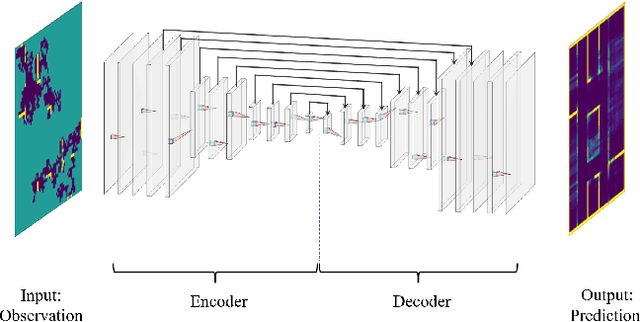

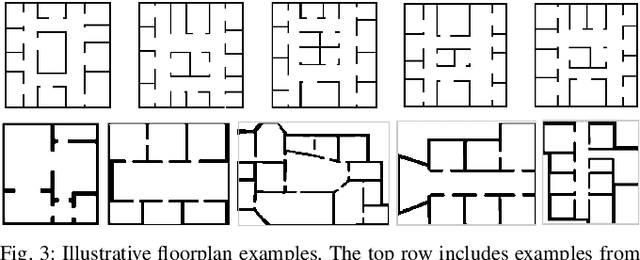
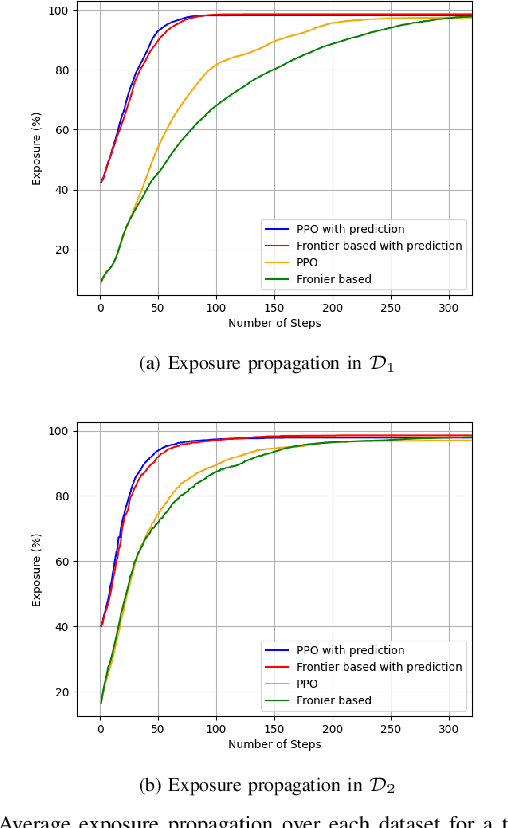
Abstract:The challenge of mapping indoor environments is addressed. Typical heuristic algorithms for solving the motion planning problem are frontier-based methods, that are especially effective when the environment is completely unknown. However, in cases where prior statistical data on the environment's architectonic features is available, such algorithms can be far from optimal. Furthermore, their calculation time may increase substantially as more areas are exposed. In this paper we propose two means by which to overcome these shortcomings. One is the use of deep reinforcement learning to train the motion planner. The second is the inclusion of a pre-trained generative deep neural network, acting as a map predictor. Each one helps to improve the decision making through use of the learned structural statistics of the environment, and both, being realized as neural networks, ensure a constant calculation time. We show that combining the two methods can shorten the mapping time, compared to frontier-based motion planning, by up to 75%.
Integrating Deep-Learning-Based Image Completion and Motion Planning to Expedite Indoor Mapping
Nov 03, 2020
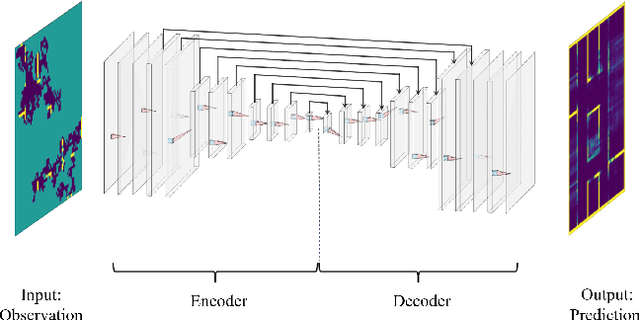
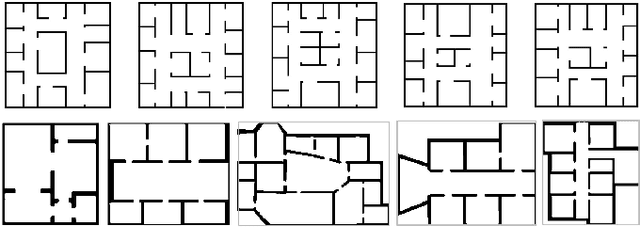
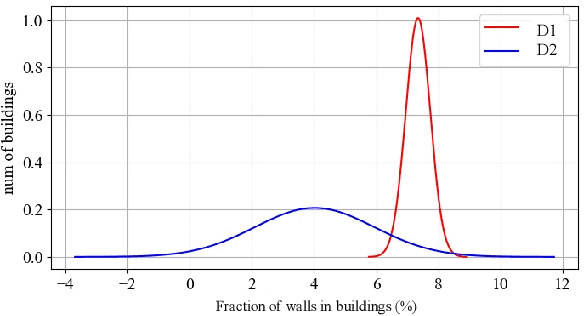
Abstract:The challenge of autonomous indoor mapping is addressed. The goal is to minimize the time required to achieve a predefined percentage of coverage with some desired level of certainty. The use of a pre-trained generative deep neural network, acting as a map predictor, in both the motion planning and the map construction is proposed in order to expedite the mapping process. The issue of planning under partial observability is tackled by maintaining a belief map of the floorplan, generated by a deep neural network. This allows the agent to shorten the mapping duration, as well as enabling it to make better-informed decisions. This method is examined in combination with several motion planners for two distinct floorplan datasets. Simulations are run for several configurations of the integrated map predictor, the results of which reveal that by utilizing the prediction a significant reduction in mapping time is possible. When the prediction is integrated in both motion planning and map construction processes it is shown that the mapping time may in some cases be cut by over 50%.
 Add to Chrome
Add to Chrome Add to Firefox
Add to Firefox Add to Edge
Add to Edge